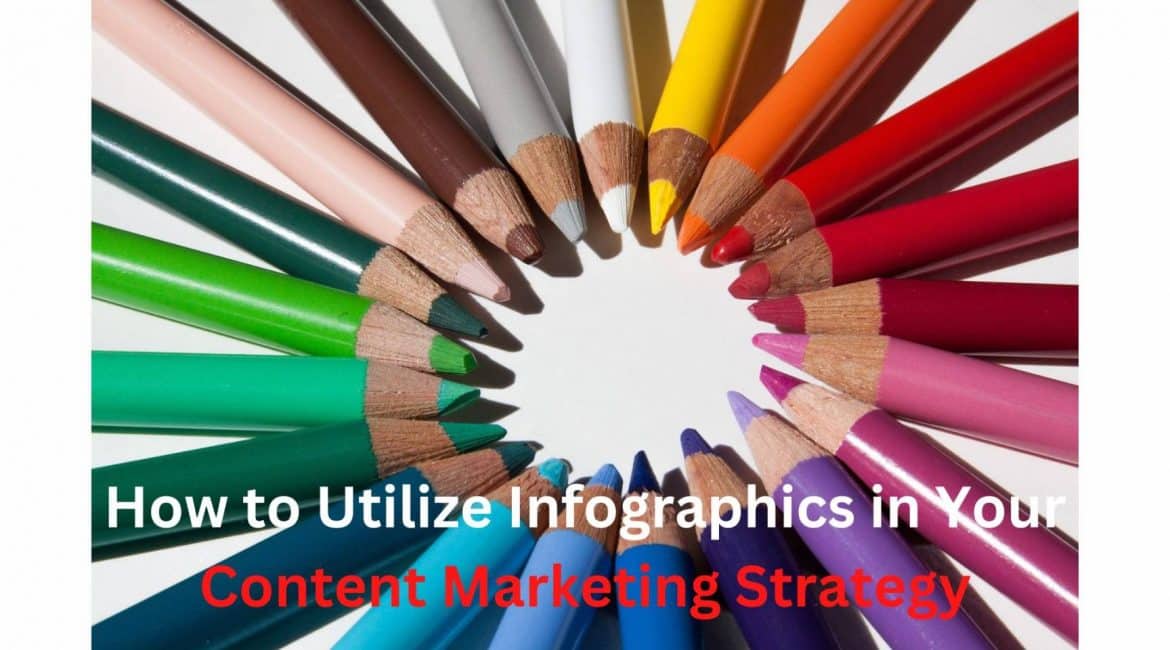Infographics have been around for some time. They’re defined as graphic representations of data and statistics. Oftentimes, infographics consist of complex data, statistics, and large amounts of information.
You might have spotted a few infographics on social media platforms such as Pinterest, Twitter, and even Linkedin. What makes them so popular is that they can deliver complex information in a digestible format, making it easy to learn complicated subjects.
Other than being a useful learning aid, infographics have a lot of uses in all aspects of marketing. In content marketing, they have been used in a lot of different ways. On their own, infographics can be used as a tool to build a website’s SEO, bring in backlinks, and overall improve a brand’s content.
Here are the five ways you can utilize infographics in your content marketing strategy and boost your brand’s content significantly.
Add them to your website
The first way you can make use of infographics is by adding them to your website. They’re quite versatile so you can choose to add them to your landing page or resources page to help break down articles and content.
Infographics do a good job of emphasizing content and bringing light to important statistics and data. So, if your brand has a lot of numerical data and statistics, using infographics on your website can help your audience have a better understanding of your company and the message you’re trying to deliver.
Since infographics add visual elements to your website, your audience will also have a better experience with your site while staying engaged with your content.
Spice up your articles and blog posts
Articles and blog posts can be boring and hard to read if there are too many blocks of text and no visual elements. Stock photos help add some visuals to an article but they don’t add any value to your content.
With infographics, you can add visual elements to your articles and content while adding value to them. For example, you can use infographics to display statistics, charts, graphs, and other numerical data. You can also use them to list points or important information.
Infographics come in all kinds of sizes and shapes. So, depending on your content and blog post and what the purpose of your article is, you can use infographics to spice up your articles and blog posts.
Include them in your social media content
If your brand is active on social media platforms or if you’d like to start being active on them, you can use infographics as social media content. It’s important to note that content on social media needs to be succinct, straightforward, and visually appealing. You want to avoid posting long infographics or blocks of text since these types of content won’t get a lot of engagement.
Instead of posting the full infographic, you can repurpose infographic content by breaking them up into pieces. This is a great way to make the most of your infographic and ensure that the content being shared on social media is readable and digestible for your audience.
Use them as educational tools
We’ve mentioned before that infographics are excellent learning tools. So, another way you can utilize them in your content marketing strategy is by using them to educate your audience. You can use them to answer frequently asked questions, educate your audience about your products or services, or teach newcomers about your brand.
Since infographics are capable of holding lots of information and delivering them in a digestible way, you can use them to teach your audience and answer their questions. You can also include data and statistics to further explain any complex information and emphasize certain points.
Utilize them to improve your SEO
Lastly, infographics are excellent tools for improving your site’s SEO. According to research, content that contains graphics can generate 94% more views compared to those without. So, if you’re looking to boost your website’s SEO and add more visual elements, infographics might be your best choice.
They’re also easy to share since they are easy to link to and embed. A good way to boost your SEO is by building backlinks. When you have an infographic on hand, you can use it to build links to your site by getting it published on other sites. Of course, this means that you need to make the content that goes along with your infographic.
Final Words
Infographics have proven to be useful tools in content marketing throughout the years. They help deliver information efficiently and effectively. They also help add value to your content and add a unique touch.





